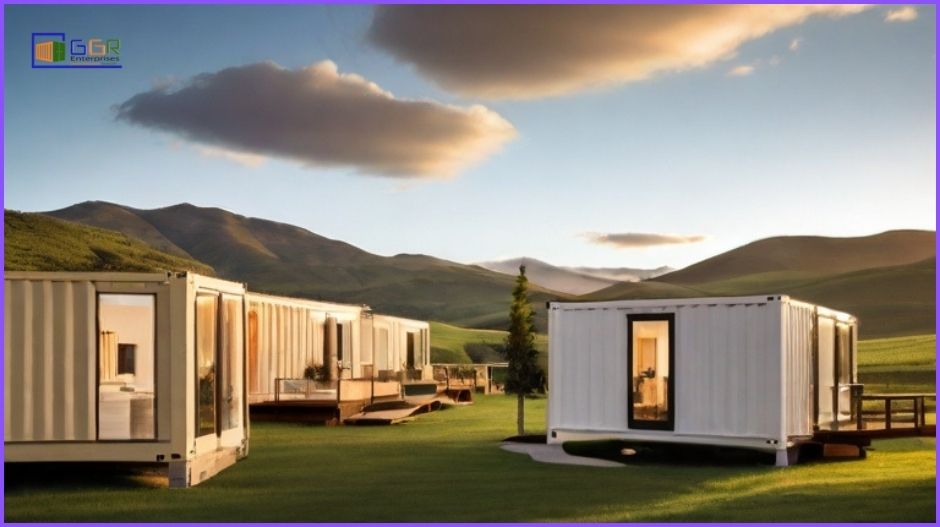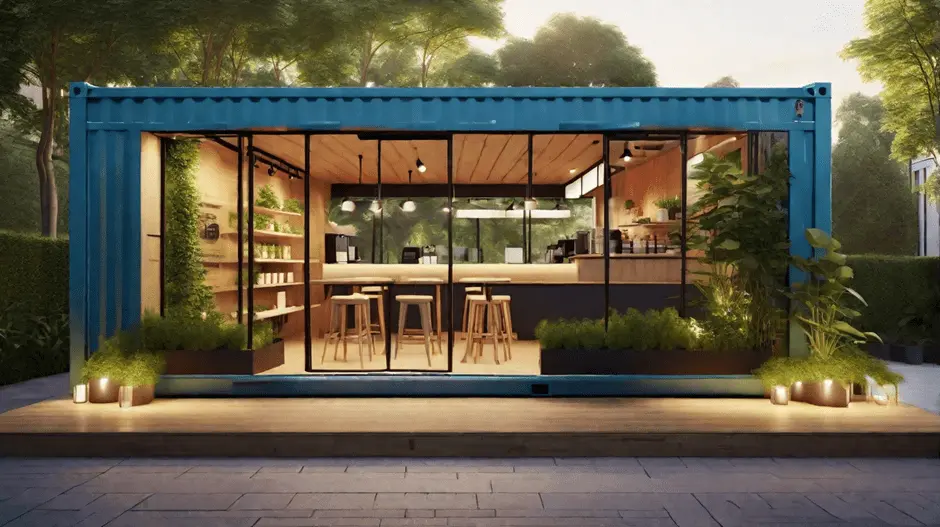
The concept of such ecofriendly and cost effective Homes has gained popularity, particularly among entrepreneurs, small enterprises, and event organizers. There are too many possibilities to mention the container home. Examples include prefabricated container homes and shipping container homes. When discussing the differences between pre-fab container homes and shipping container homes, it is visible that they are not identical.
Container homes, unlike prefab custom homes, are not modular; yet, before manufacturing, companies used the assembly line approach. They might be made to look like common homes, giving homeowners additional alternatives. This versatility enables the creation of many types of spaces that alter according to the needs of their users and are consistent with unique architectural styles.
Although prefab homes can be modified to some level, some restrictions can be overcome with custom prefab homes. Furthermore, they might begin the construction process from the start. Prefab homes allow homeowners to design their ideal homes on their own and personalize every single piece to properly suit their own preferences. The main drawbacks of shipping container homes, on the other hand, are their unoriginal shape and size, as well as structural flaws caused by their original purpose as freight containers.
The Prefabricated Container Homes:
Prefabricated Container Homes: The container house is the most common type of prefabricated home, with a modular structure built off-site. These homes are manufactured in a regulated industrial setting and feature a creative integration of prefabricated modules that are easy to construct on-site. Here are the benefits they provide: Here are the benefits they provide:
- Time-Efficient Construction: Prefabricated container homes take less time to finish as most elements are made while the on-site preparations are also taking place. Such a rapid construction process is beneficial to the operations of event management business owners needing fast and temporary accommodations.
- Customization Opportunities: Prefabricated container homes provide a great range of customization options; this feature enables startups, and small businesses to have different options for their living spaces that satisfy their specific needs. The ability to add, subtract, or rearrange modules enables expansion or reconfiguration as the company grows.
- Quality Assurance: Using a controlled production environment in the factory, prefab container houses produce high, reliable quality and thus durable, insulated construction to guarantee energy efficiency.
Shipping Container Homes:
These eco-friendly homes are made by repurposing used shipping containers, as different to traditional ones. This alternate technique provides several compelling benefits: This alternate technique provides several appealing benefits:
- Cost-effectiveness: Shipping container homes costs less than traditional structures and makes it possible for new companies particularly startups and small businesses to own property when they don’t have enough funds. An option that works today, Modules from shipping containers already available greatly decrease construction costs, thus making them an interesting choice.
- Sustainability: Repurposing old shipping containers reduces waste and promotes green living skills. Companies that adopt such green renewable substitutes can improve their brand's image in the eyes of environmentally sensitive clients.
Versatility and Mobility: Shipping container homes are easily transported to a new location, making them the greatest solution for event organizers who organize temporary events in a variety of locations. - Versatility and Mobility: Shipping container homes can be moved to a new site with ease, which means they are the best option for event management companies that manage temporary events in different settings.
Prefabricated vs Shipping Container Homes
Now that we have explored the unique aspects of prefabricated and shipping container homes, let's debunk some common misconceptions:
- Size limitations: Container houses from prefabricated containers and are not limited to the size of one container. These modular apartments can be joined together or stacked to create offices of bigger sizes which suits startups and small business.
- Design limitations: With Shipping container homes there is never a limit on the customization options it offers, showing that recycling of containers is something that won't affect the creativity of an architect.
- Structural integrity: Structural integrity, insulation, and reinforcement are the key points in turning a shipping container into a house which ensures the safety and durability of these homes.
Conclusion:
Homes made from prefabricated containers and shipping containers provide numerous benefits for small businesses, startups, and event management companies. Type difficulties include speed, pricing, and sustainability, among others. Prefabricated and shipping container residences offer unique advantages for small businesses, startups, and event management firms. Type can be parametric in nature, for example, speed, cost, sustainability, and so on.
Prefab container homes and shipping container homes are both classified as prefab housing, however they differ in several ways. Custom prefab homes provide additional design flexibility and customization options, allowing buyers to create a room that meets their specifications. Similarly, aesthetically, shipping container homes are identifiable, but may be limited by the structural limitations of the original container design.
